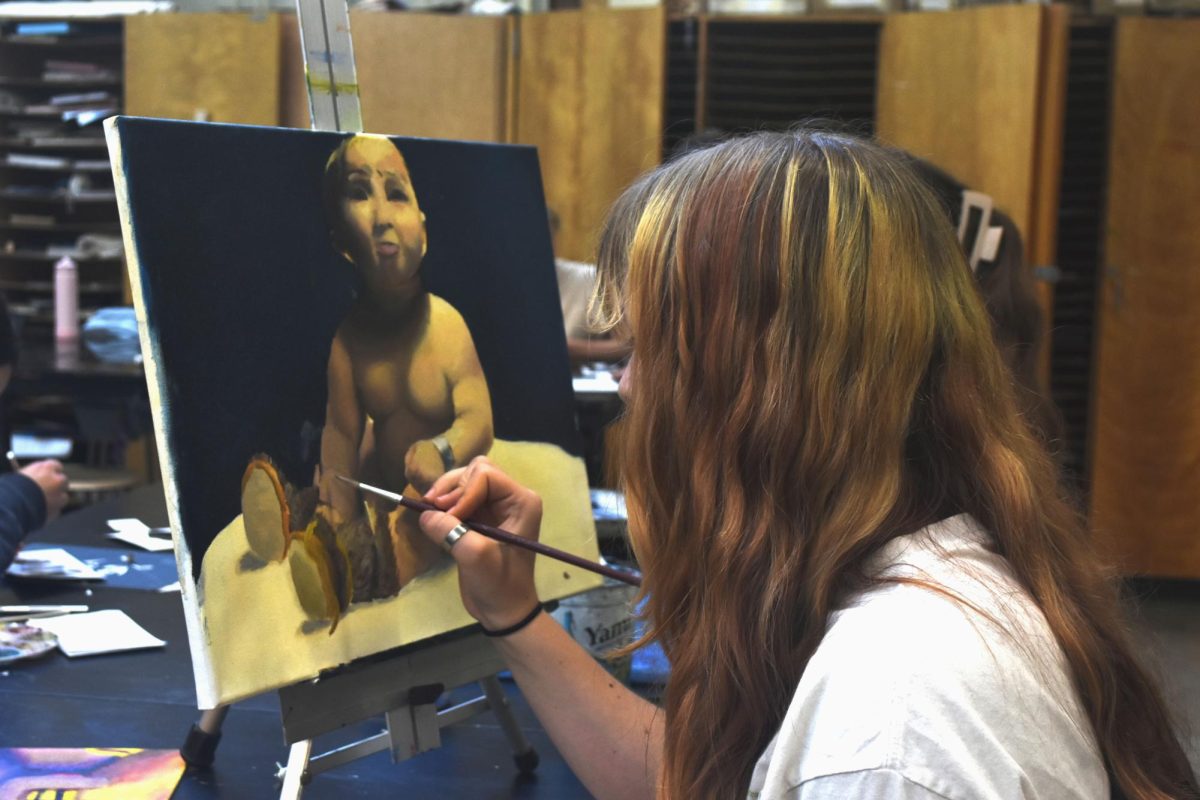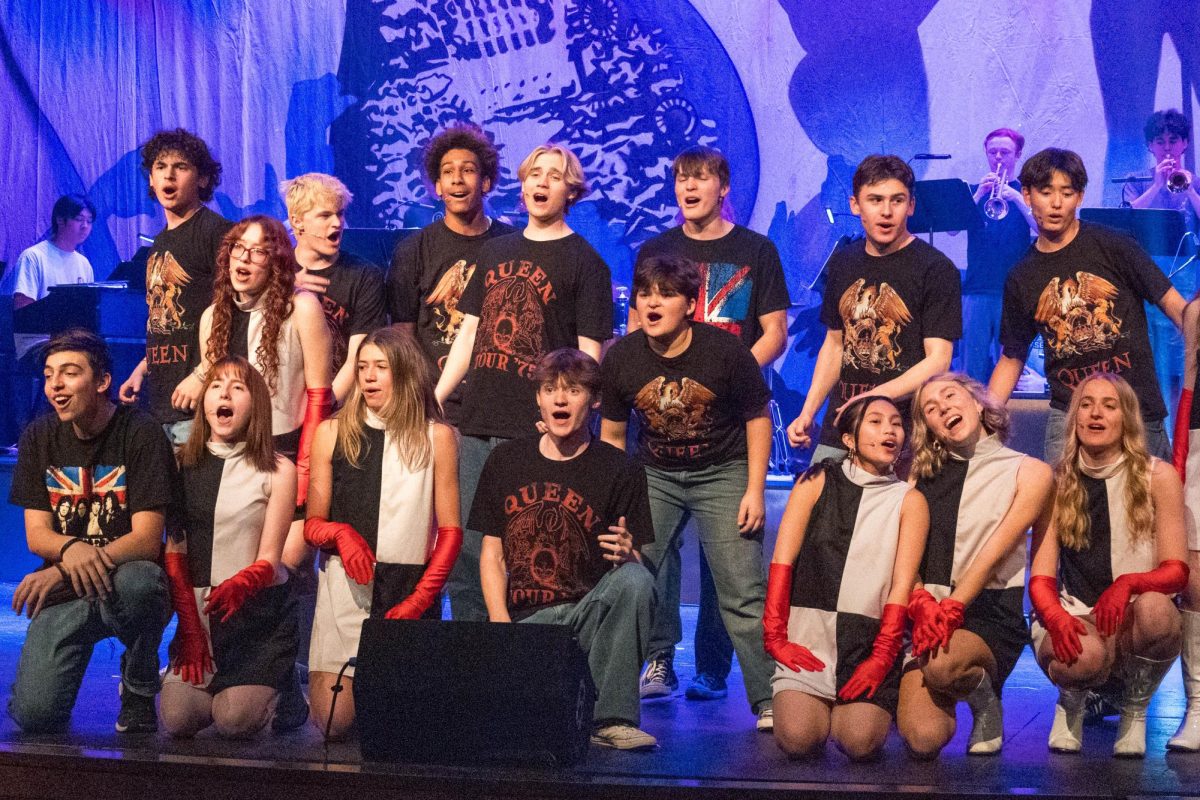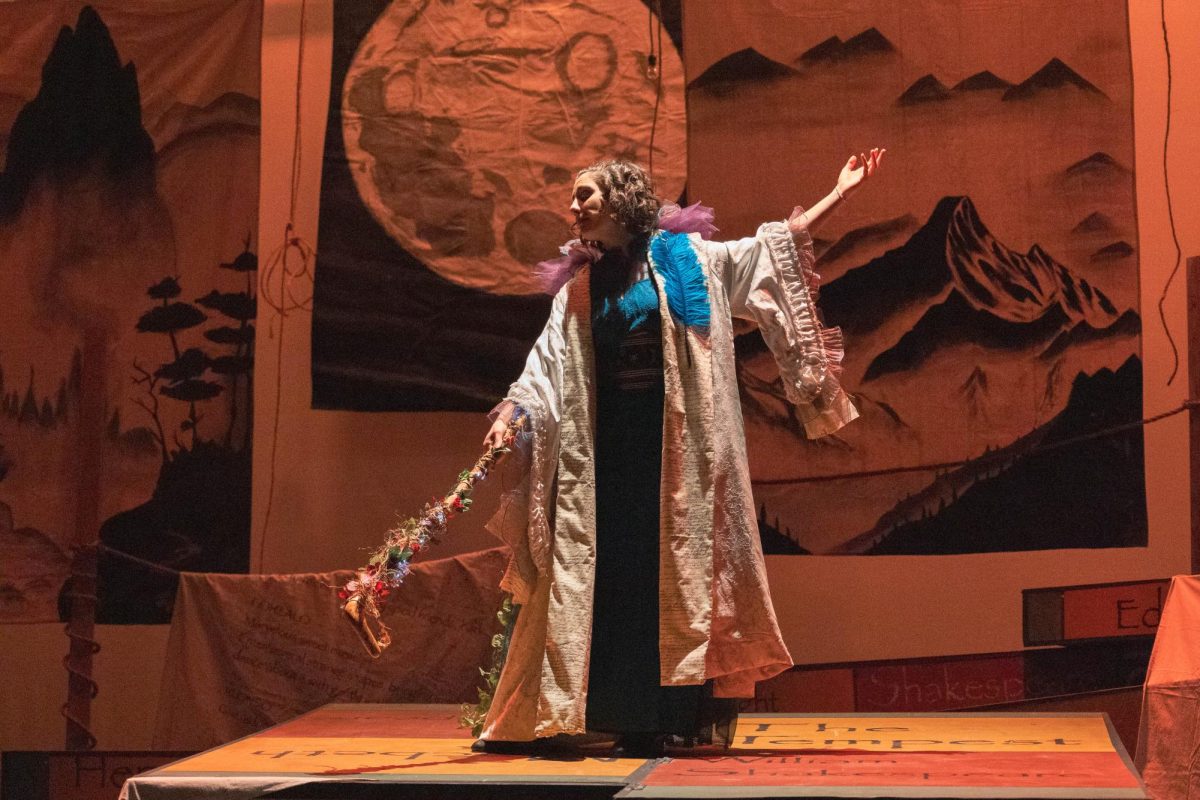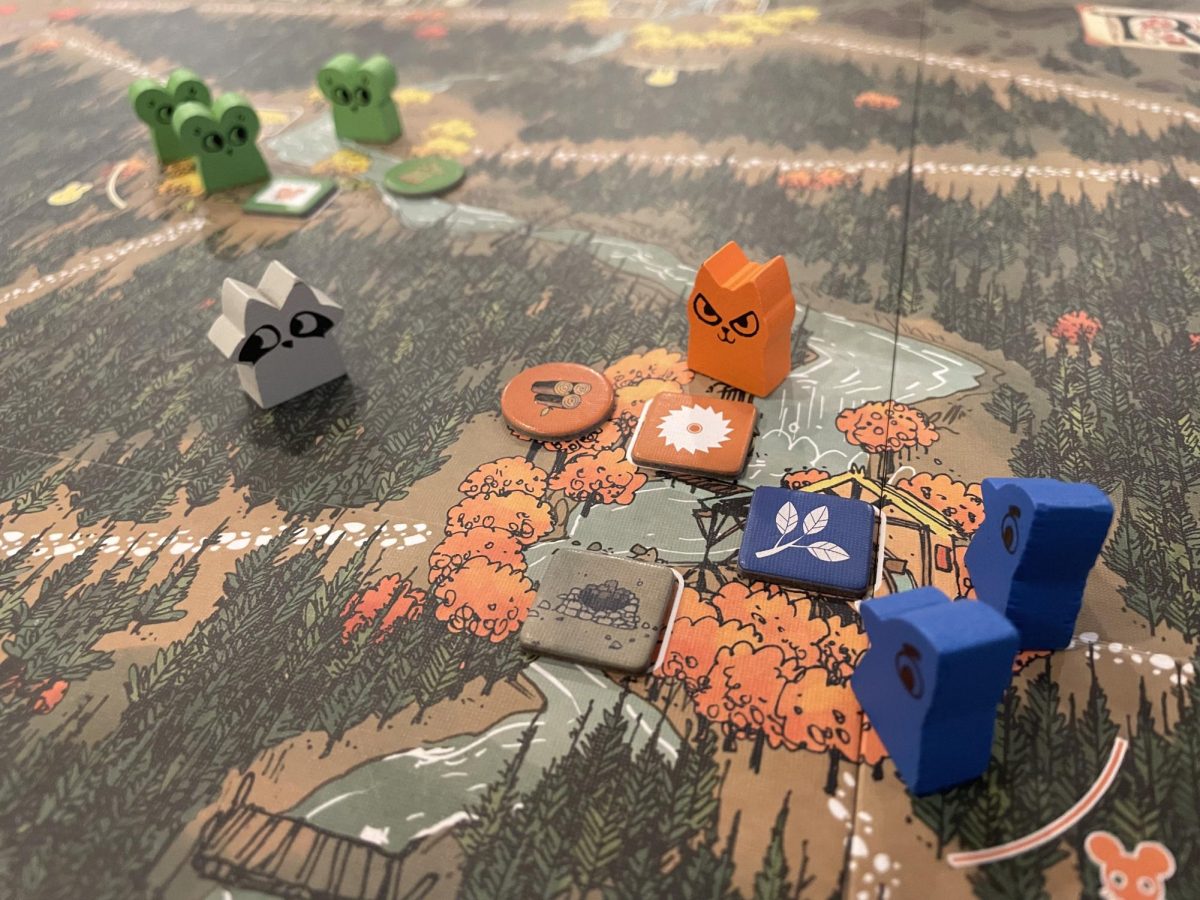“Andor,” the critically acclaimed “Star Wars” spin-off, has just concluded its second and final season. When Disney first announced a show about a character from “Rogue One: A Star Wars Story,” many fans were unsure of what to expect. But after the first season became one of the best reviewed projects since Disney bought the franchise, expectations for season two shot through the roof.
My favorite thing about the show was that unlike many of the recent installments in the franchise, “Andor” doesn’t rely on excitement from cameos or fake-out deaths. Instead, its excitement comes from drama between characters and different political factions. Some episodes have very little action.
The biggest change between seasons one and two of “Andor” was the release schedule. Both seasons had 12 episodes each, but while season one released one episode per week, season two released three at a time. I think this made each three episode “arc” more engaging. Being able to watch each storyline through to the end helped me feel the buildup of events.
One of the strongest parts of “Andor’s” writing is its use of monologues. In season two, for example, the radical rebel leader, Saw Gerrera, gives one where he compares the tension between the Empire and its subjects to a dangerous gas used for space travel.
“Revolution is not for the sane,” he tells a rebel engineer. “We’re the rhydo, kid. We’re the fuel. We’re the thing that explodes when there’s too much friction in the air.”
“Andor” chooses to show the strength of the Empire not just through its manpower and firepower, but its ability to spread propaganda. By placing a range of characters in different places, we see how different people in different groups were given a different story of an Imperial massacre. Despite this, the last several episodes made an effort to connect back to “Rogue One,” with references to the force and the Death Star.
After a slough of controversial Disney+ shows, “Andor” was a breath of fresh air. Anyone, especially fans suffering from “Star Wars” burn out, should hold out hope and give it a try. After all, as Cassian Andor learns, “rebellions are built on hope.”





















